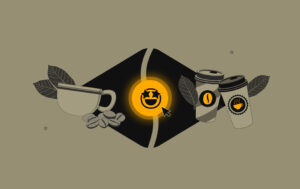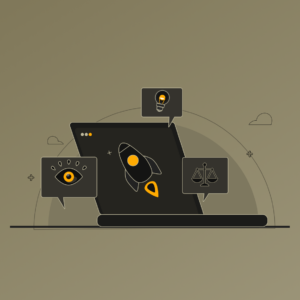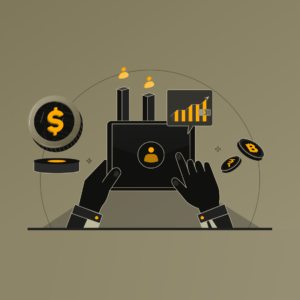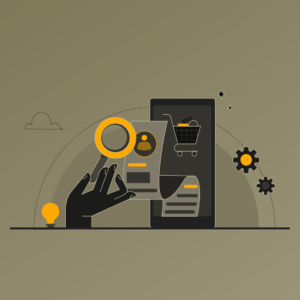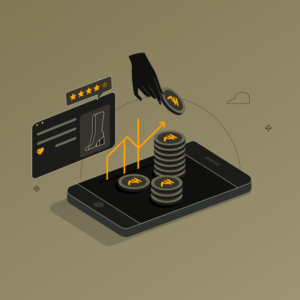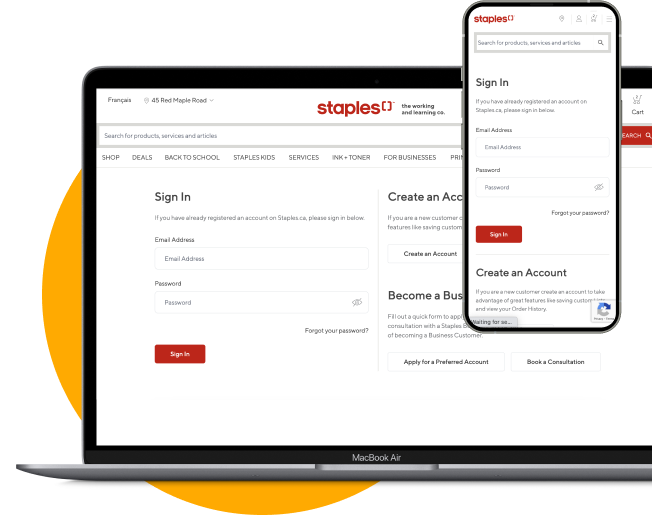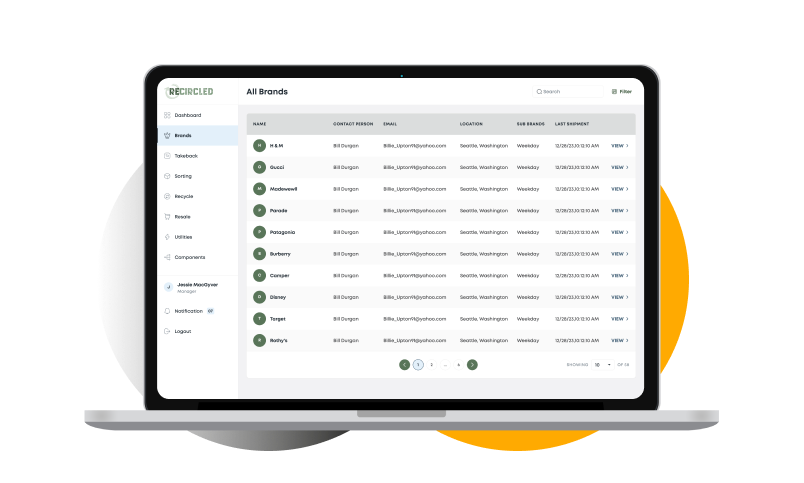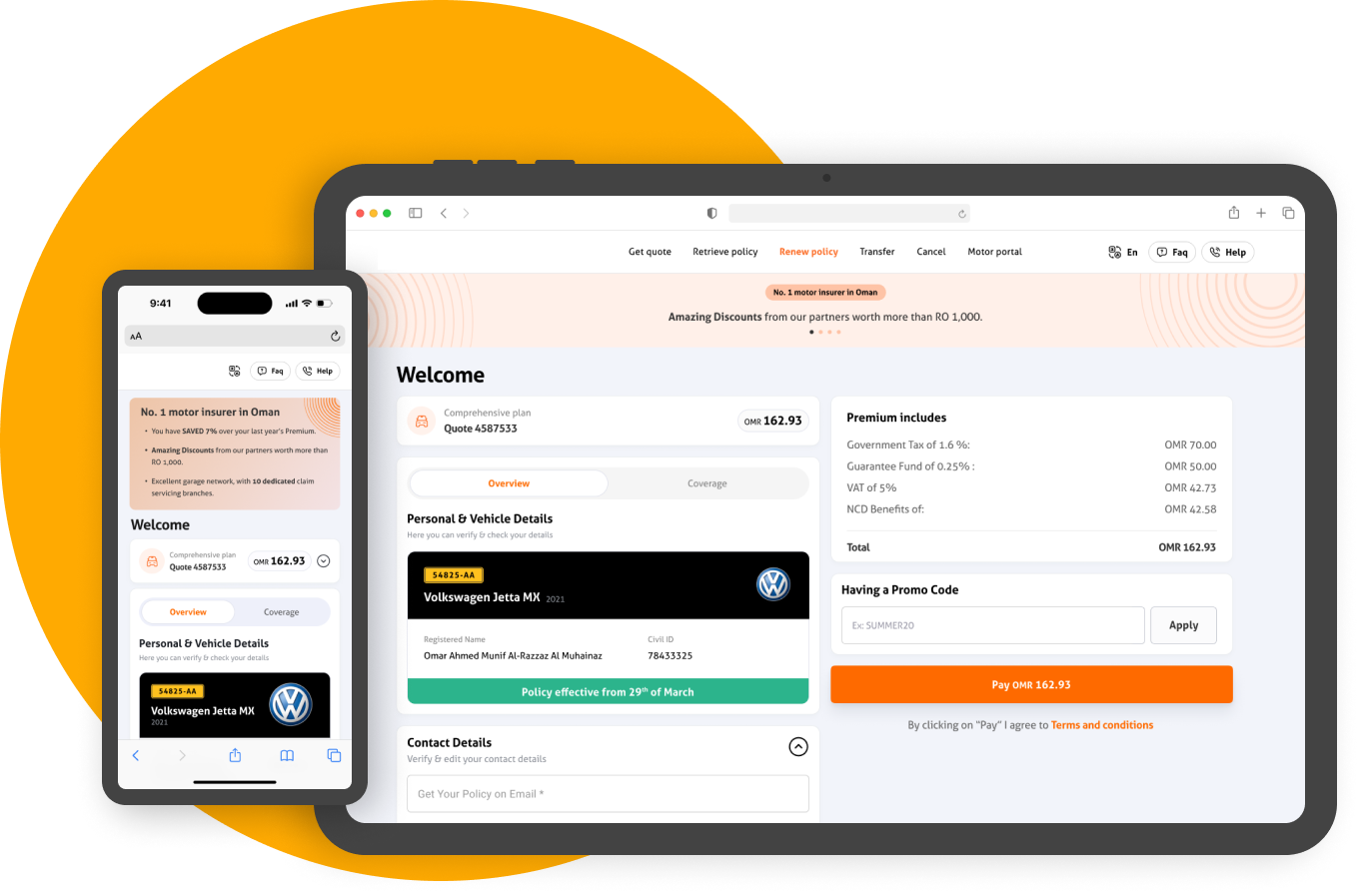– Priyanshi Khare
In the realm of User Experience (UX), there’s a captivating concept that’s been transforming the way we perceive and engage with products and services – the Experience Economy.
Imagine stepping into a coffee shop, not just for a cup of coffee, but for the entire sensory journey – the aroma of freshly ground beans, the warmth of the cup in your hand, the cozy ambiance that wraps around you. This isn’t just about coffee; it’s about crafting an unforgettable experience.
In the world of UX, the Experience Economy revolves around turning interactions into remarkable journeys. It’s the art of creating not just functional interfaces, but immersive encounters that resonate with users on a deeper level.
Think about your favorite mobile app – what draws you in? Is it the seamless navigation, the intuitive design, or the way it makes you feel like you’re effortlessly gliding through tasks? That’s the Experience Economy in action.
Here’s how it works:
Emotionally engaging
In the world of UX, the Experience Economy seeks to do more than simply provide functional interfaces. It aims to forge a connection between users and the digital environment by eliciting genuine emotions. UX designers carefully select colors, images, and even microinteractions that trigger emotional responses.
For example, a meditation app might use serene landscapes and calming colors to create a sense of tranquillity, while a shopping app might use vibrant visuals to evoke excitement. By evoking emotions, the Experience Economy turns digital interactions into meaningful moments that users remember and relate to.
Emotionally engaging user experiences offer several benefits:
1. Connection: By triggering emotions, users feel a deeper connection to the product or service, fostering loyalty and trust.
2. Memorability: Emotional experiences are more memorable, leading to increased brand recognition and word-of-mouth referrals.
3. User Satisfaction: Positive emotions enhance user satisfaction, increasing the likelihood of repeat visits and conversions.
4. Differentiation: Emotionally resonant interactions set your brand apart, creating a competitive advantage in a crowded market.
Source: Freepik
Storytelling
Think of a well-designed UX as a storybook that unfolds with every click, tap, or swipe. Just as a novel captivates readers with a compelling plot, UX designers guide users through a coherent narrative. Each interaction is like a chapter, seamlessly leading users from one stage to the next. This narrative approach not only enhances user engagement but also ensures that users understand the flow and purpose of their actions. A well-designed UX tells a story that users can follow and immerse themselves in, turning the experience into a journey rather than a series of disjointed tasks.
Engaging narratives within user experiences offers distinct advantages:
- Engagement: Compelling stories captivate users, holding their attention and guiding them through a coherent and memorable journey.
- Comprehension: Storytelling clarifies the purpose and flow of interactions, ensuring users understand the context and value of their actions.
- Emotional resonance: Well-crafted narratives evoke emotions, forging a stronger bond between users and the product, enhancing their connection and loyalty.
Source: Freepik
Personalization
Imagine walking into your favorite coffee shop, and the barista greets you by name and prepares your preferred drink without you needing to place an order. That sense of personalized service makes you feel valued and appreciated. Similarly, the Experience Economy in UX aims to make users feel special by tailoring the digital experience to their individual preferences. Whether it’s suggesting relevant content, remembering past interactions, or customizing settings, personalization enhances the feeling of exclusivity and makes users feel like the product or service is designed just for them.
Customized user experiences offer notable benefits:
- User satisfaction: Personalized interactions cater to individual preferences, enhancing user satisfaction and cultivating a sense of being understood.
- Enhanced engagement: Tailoring content and interactions to users’ needs keeps them engaged and invested, resulting in prolonged interactions.
- Conversion boost: Personalization increases the likelihood of conversions by delivering relevant and timely content, addressing users’ specific requirements.
- Brand loyalty: Users appreciate personalized experiences, leading to stronger brand affinity and the potential for increased brand advocacy.
Source: Freepik
Sensory elements
The experience economy goes beyond visual aesthetics and engages multiple senses to create a holistic experience. Just as the aroma of coffee and the warmth of a cup add to the coffee shop ambiance, UX designers incorporate intuitive touch interactions, animations, and even sound effects to enrich the digital environment. These sensory elements contribute to a more immersive and engaging experience. For instance, a weather app might use animations to simulate raindrops falling on the screen, creating a multisensory engagement that appeals to touch and sight.
Engaging multiple senses within user experiences provides significant advantages:
- Holistic engagement: Sensory-rich interactions create a holistic and immersive experience that resonates deeply with users.
- Enhanced understanding: Multi-sensory engagement aids comprehension, helping users grasp complex information more effectively.
- Memorable encounters: Sensory elements leave a lasting impression, making interactions more memorable and encouraging users to return
Source: Feepik
Memorability
In the world of UX, creating an experience that users remember and want to revisit is a key objective of the Experience Economy. It’s not just about completing tasks; it’s about leaving a lasting impact. A memorable experience lingers in users’ minds even after they’ve moved on. This could be achieved through delightful surprises, innovative interactions, or moments of genuine connection. When users recall their interactions with a product or service, they’re more likely to return, recommend it to others, and form a positive brand perception.
Creating memorable interactions within user experiences yields valuable outcomes:
- Brand recognition: Memorable experiences are more likely to be remembered, contributing to increased brand recall and recognition.
- Positive associations: Lasting memories create positive associations, influencing users’ perception of the brand and their willingness to engage.
- Word-of-mouth impact: Users are inclined to share remarkable experiences, leading to word-of-mouth referrals and broader brand exposure.
Source: Image by freepik
When you use a well-designed shopping app, the process isn’t just transactional; it’s an exploration of products, a delightful checkout experience, and perhaps even a personalized recommendation that surprises you. All these elements contribute to the Experience Economy.
As technology continues to evolve, the Experience Economy in UX becomes even more crucial.
It’s about understanding that users don’t just want to “use” a product; they want to immerse themselves in an experience.
So, the next time you engage with a digital interface that leaves you feeling more than satisfied – perhaps even enchanted – remember that you’re witnessing the magic of the Experience Economy at work. It’s the journey that matters, and UX designers are the maestros orchestrating this symphony of delightful interactions.
Conclusion
As technology continues to reshape our digital landscape, the Experience Economy in UX stands as a testament to the profound impact of meaningful interactions. It’s the art of transforming ordinary digital engagements into extraordinary journeys that leave a lasting impression. By focusing on emotions, storytelling, personalization, and sensory engagement, UX designers wield the power to create experiences that resonate deep within users’ hearts and minds. The Experience Economy reminds us that in the world of design, it’s not just about what users do; it’s about how they feel and the memories they carry with them. So, let’s embrace the magic of the Experience Economy and embark on a journey to craft unforgettable digital encounters that captivate, delight, and resonate for years to come.
Reference links
- https://www.yujdesigns.com/the-experience-economy/
- https://www.xpand-it.com/blog/experience-economy-3-trends-2020/
- https://www.localist.com/post/what-is-the-experience-economy
- https://bootcamp.uxdesign.cc/the-experience-economy-the-new-frontier-1db0e479f926
- https://tangerine.net/thoughts/how-to-design-for-the-experience-economy
- https://medium.com/@bluehair.co/the-experience-economy-my-two-cents-to-understanding-it-ccf8d2237d2c


